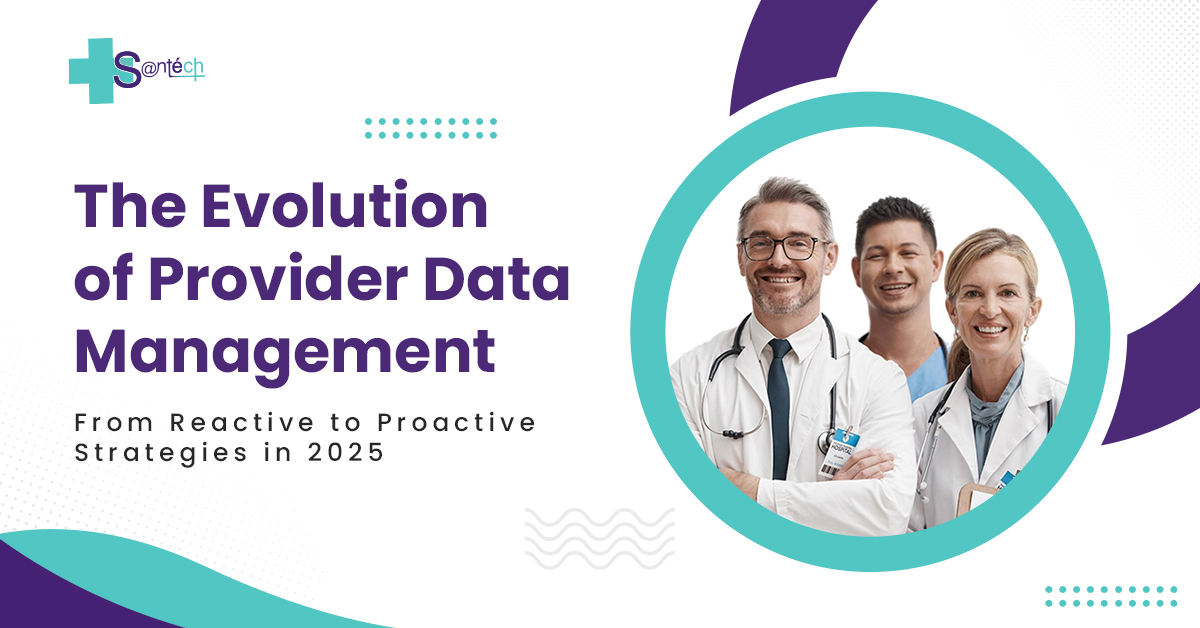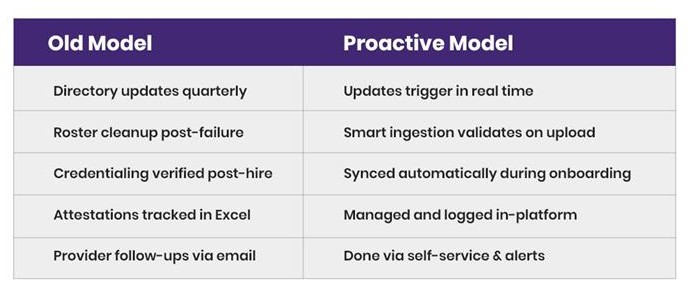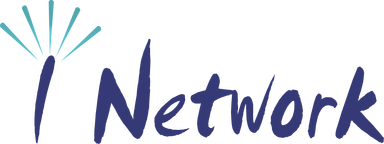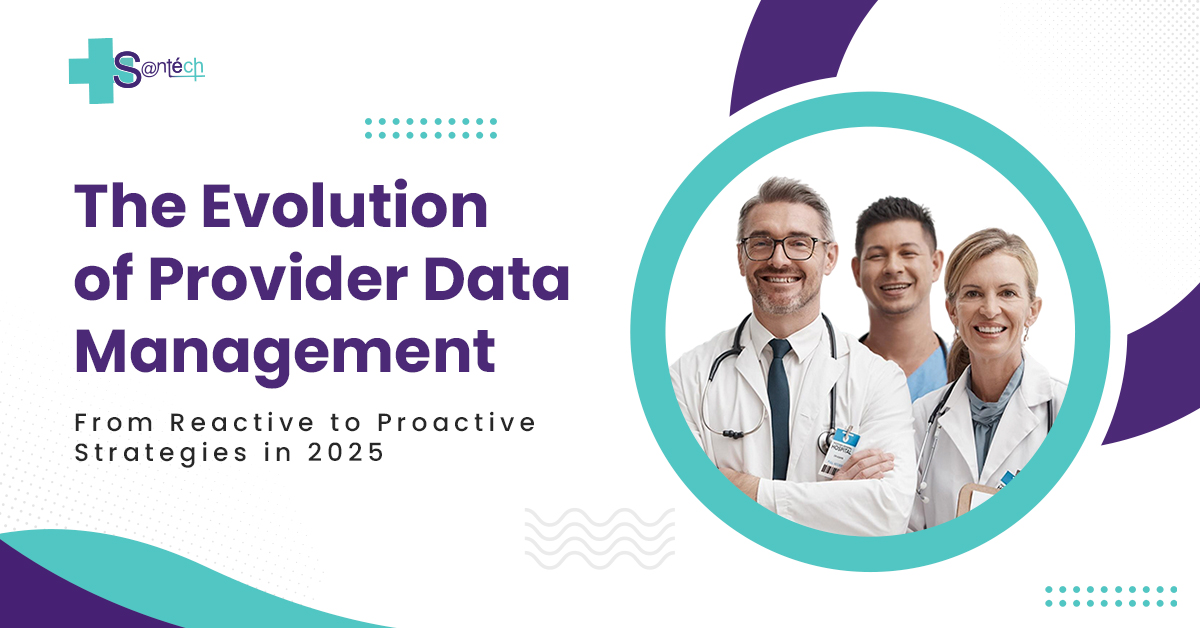
Introduction
In healthcare, provider data has always been mission-critical — but historically mismanaged.
From inaccurate directories and messy rosters to credentialing delays and redundant records, the industry has spent decades playing catch-up. But 2025 marks a shift.
The smartest health plans, DSOs, MSOs, and delegated networks are no longer waiting for errors to happen — they’re building proactive data management systems that prevent them.
The Reactive Model: Why It’s No Longer Sustainable
For years, provider data has been maintained like a cleanup crew:
- Errors are discovered after claims fail
- Directories are verified only when CMS deadlines approach
- Rosters are cleaned after payer complaints
- Credentialing status is checked after the provider is already scheduled
This model is:
- Time-consuming
- Inconsistent
- Costly
- Non-compliant
And in a world of real-time expectations, it simply can’t scale.
The Proactive Shift in 2025
The organizations leading the pack are taking a new approach:
They don’t fix problems.
They design systems that prevent them.
Proactive provider data management means:
- Clean, verified, real-time records
- Automation replacing manual follow-up
- Alerts for mismatches before they reach members
- Self-service tools that empower providers to maintain their own data
- Integrations with CAQH, PECOS, and NPPES — not flat files and PDFs
Data management isn’t a support function anymore. It’s a core infrastructure strategy.
What Powers This Shift? Technology like I-Network.
Santech Solution, Inc.‘s I-Network is built for proactive provider data management. It doesn’t just store information — it continuously improves it.
Key Capabilities Driving Proactive Ops:
- Unified Provider Profiles – Centralized records across credentialing, directories, and claims – No more version mismatches or duplicate entries
- Smart Roster Ingestion – Accepts delegated rosters in any format – Validates, deduplicates, normalizes specialties + taxonomies – Flags errors before they break your downstream systems
- Directory Attestation Automation – Sends 90-day outreach automatically – Logs every update + enables provider self-service – Tracks expiration timelines and attestation statuses
- Real-Time Sync with Credentialing Sources – CAQH, PECOS, NPPES always synced – Reduces back-and-forth, missed approvals, and compliance risk
- Audit-Ready Dashboards – Field-level logs, role-based access, and reporting built in
Proactive ≠ Complex. It Means Better Design.
Most organizations stay reactive not because they want to — but because they’ve inherited legacy systems, siloed teams, and too many manual touchpoints.
Here’s how the shift happens:

The Results of Proactive Data Strategy
- 60–80% less time spent on data cleanup
- 3x improvement in provider satisfaction
- Higher CMS and NCQA audit readiness
- More efficient onboarding and faster go-live
- Fewer claim rejections and denials due to data mismatches
The Results of Proactive Data Strategy
- 60–80% less time spent on data cleanup
- 3x improvement in provider satisfaction
- Higher CMS and NCQA audit readiness
- More efficient onboarding and faster go-live
- Fewer claim rejections and denials due to data mismatches
From Reactive to Revenue-Ready
When your provider data is always accurate, accessible, and automated — every downstream process gets faster and cleaner.
That’s not just a data advantage. That’s a network advantage.
Want to Future-Proof Your Provider Data Strategy?
See how I-Network makes proactive data management simple, scalable, and compliant. Talk to Neeraj K. Sharma & David Van Houtte, MPA or Schedule your call today.
#ProviderData #INetwork #DataAutomation #DigitalHealth #RosterIngestion #HealthcareCompliance #Santech #Credentialing #DSO #PayerTech #2025Strategies


